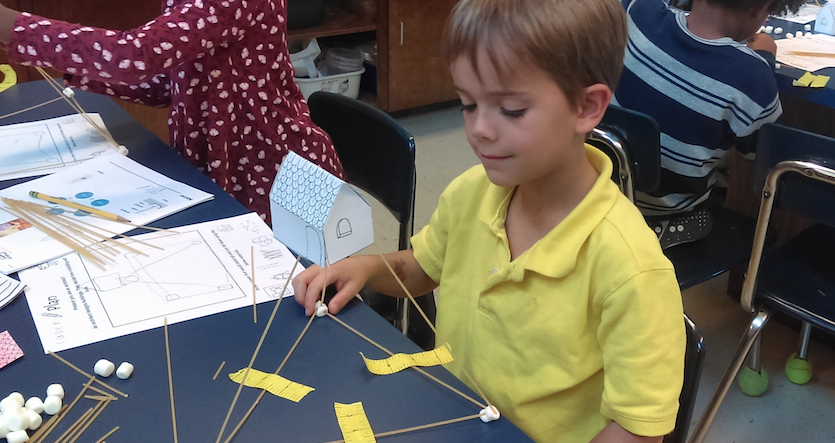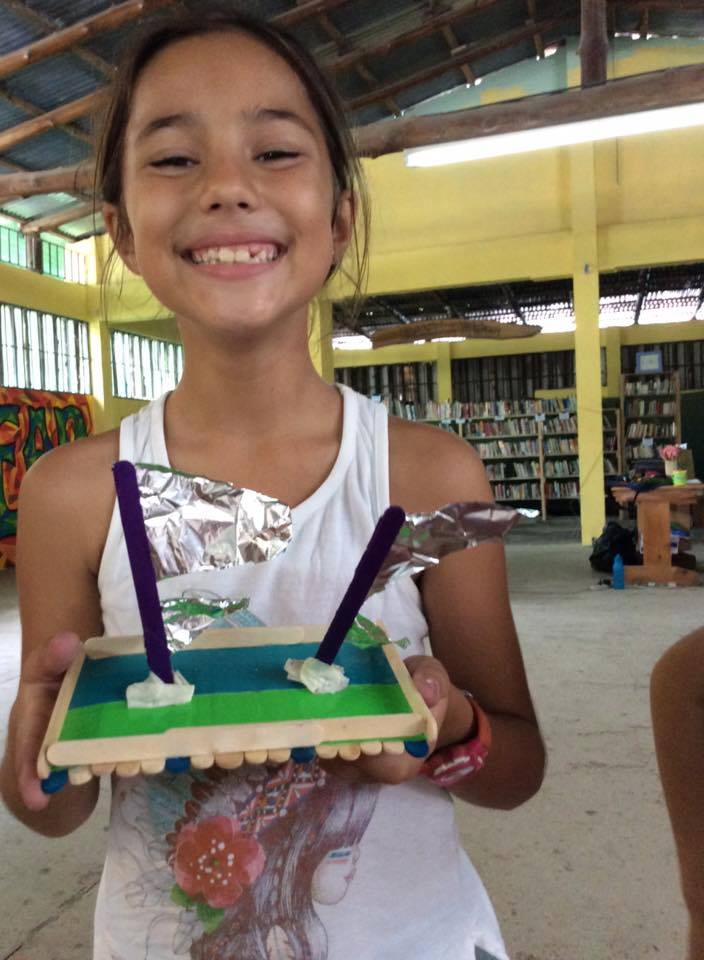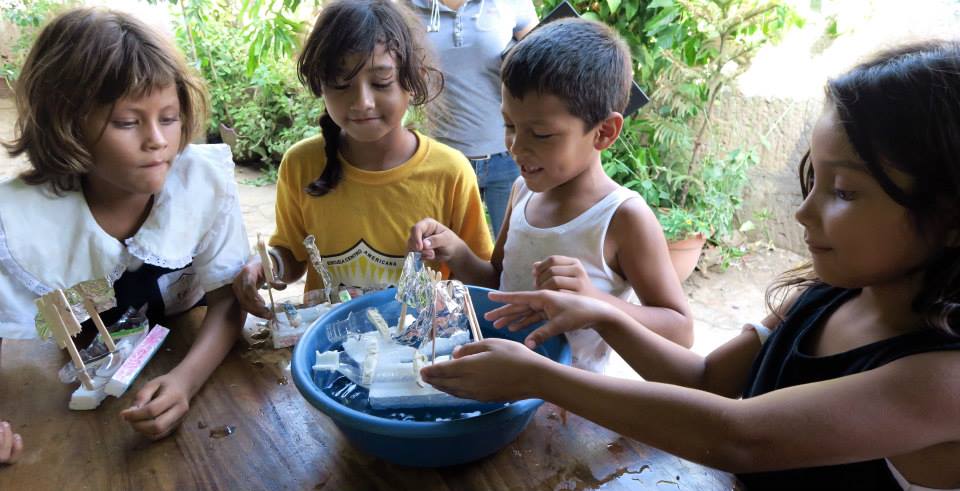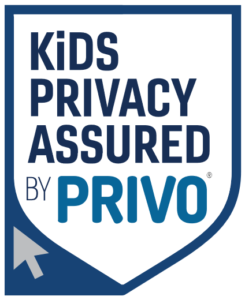If you want your children to be intelligent, read them fairy tales. If you want them to be very intelligent, read them more fairy tales. – Albert Einstein
Fairy tales give young children a safe way to explore the world, grapple with the conflict between good and evil and develop their moral compass. But that’s not all. They also inspire curiosity, creativity and problem-solving, making them a natural fit for the STEAM (STEM + arts) classroom. Here’s why:
1 – Storytelling helps the brain build neural pathways: According to a recent article in Scientific American, “Research has shown that storytelling activated the brain beyond mere word recognition…. similes and metaphors can activate sensory portions of the brain, while action words activate the motor cortex.” This is very powerful information especially in the context of the developing brains of young children. By providing children with opportunities to develop these neural pathways, educators can stimulate deeper learning and greater creativity.
2 – Children learn through play: Educators are well aware of the importance of play to children’s development. According to the American Academy of Pediatrics, “Play is essential to the social, emotional, cognitive, and physical well-being of children beginning in early childhood.” Reading fairy tales to children invites creative play, and creative play is strongly linked to the development of problem-solving skills. Therefore, incorporating fairy tales into a hands-on STEAM lesson is a great way to engage young children on multiple levels. Moreover, children also develop their critical thinking skills by considering the choices fairy tale characters face and the possible consequences that will ensue.
3 – Cross-curricular learning is impactful: Rather than teaching subjects separately, educators are encouraged to teach across disciplines to create a more powerful learning experience for their students. Combining fairy tales and STEAM is a great way to do this, particularly in the early grades. In LUV’s Global StoryBook Engineers course, teachers combine literacy with STEAM by reading fairy tales to children in K-2, and then asking them to engineer solutions to rescue the characters using a variety of materials, such as spaghetti, marshmallows, craft sticks and rubber bands. The children also share their ideas with partner students in a developing country through the exchange of video messages each class period.
If you’re interested in bringing Global StoryBook Engineers to your school, be sure to check out this video and see this blog article about a recent Global Storybook Engineers collaboration that took place between students in New Jersey and peers in Africa. Then fill out our contact page to get started!






